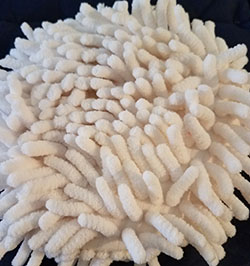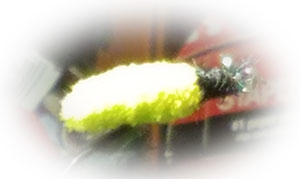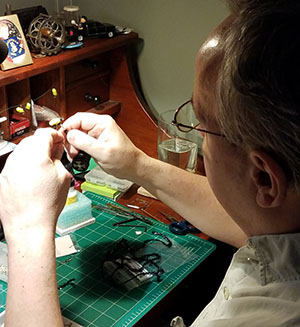March was a month like never before. We learned about COVID-19, social distancing, and PPE. We wear masks and gloves going food shopping and kids are now home schooled.

Normally for fly anglers, March is the final step after a long winter of little to no fishing. We are tying our last few flies before opening day in April. While everyone has their “go-to” fly, in the winter sometimes tyers try and tie something new. For us this winter, we learned about the mop fly.
What is the mop fly? It is exactly that. The chinelle or microfiber “fingers” of a mop head cut into bodies for flies. The best part of this fly is the mop heads come in an endless variety of colors. Depending on the size of the mop head, you could literally tie dozens of flies from just one. It is another example of the endless possibilities when it comes to tying materials today. Many years ago, a realistic tyer told me he kept a broom head that was getting thrown away at construction job he was working on because he thought it would make great realistic legs. The mop fly is the same concept.

The best part is that it can be used for a variety of freshwater species.
Depending on what you read online, there are some very strong opinions on the fly. Some people say it is “too easy,” which we hear at the shows all the time as we demonstrate some of our favorite flies. Others feel like it is a “cheat” because it all synthetic. Still others think it is just awesome and have referred to it as “trout crack.”

It is reminiscent of a grub, other larvae, or the green weenie. All you need is a hook (size 10 or 12), the mop head, and some black thread. If you want to get fancy, throw on a bead head or some black flash chinelle. Give it a whirl and see what you think!